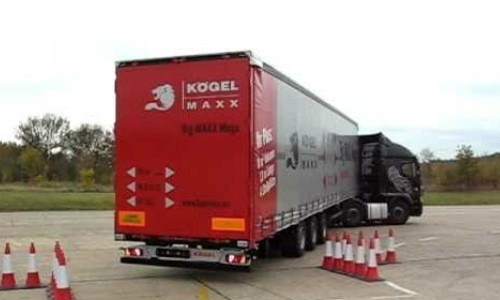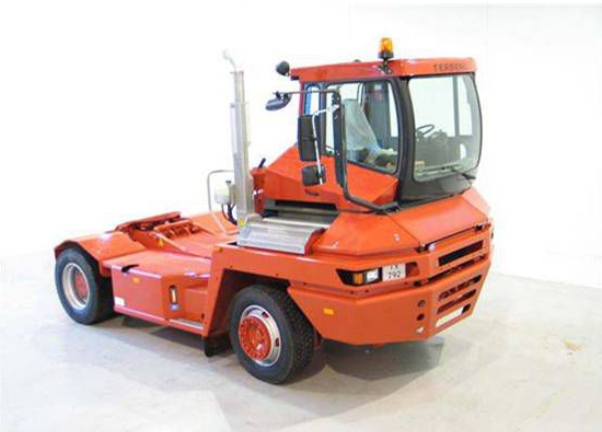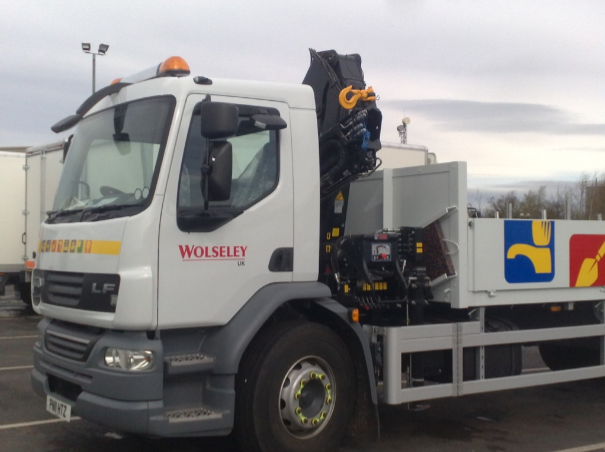Shunter Training
Thanks for taking the time to view our web site. We only offer training to companies. We don’t offer any training to the public


Professional & Affordable Banksman Training Courses
We only offer training to companies. We don’t offer any training to the public
Banksman / Reversing Assistant training ensures that you meet your legal requirements and reduces the risk of expensive accidents when carrying out reversing manoeuvres. We complete all the training at the employer’s site.
Our training will ensure that staff will have the competence required to reverse or manoeuvre vehicles by signals either individually or as a team.
The course aims to ensure HGV reversing operations carried out in a competent way, reduce of risk of injury to staff and members of the public and reduce vehicle and property damage caused by reversing vehicles.
Benefits to Employer and Employee
The course is proven to reduce accident rates that could involve injury to staff and damage to goods and property. Employers can also demonstrate that they have met their duty of care under health and safety legislation.
Eligibility
All delegates attending this course must be 18 years of age or above and must have held a valid car licence for a minimum of 1 year. All delegates must be able to produce a valid driving licence.
Which Course
We run 3 courses.
A 1-4 day course for novices on tugs, artic.
A 1/2 day to a full day course for the experienced shunter needing a refresher for tugs, artic rigid shunters.
A 1-2 day course for novice rigid shunters.
Course content
- Understanding the company’s safety procedure in relation to vehicles on site.
- Employee’s legal duties regarding the Health & Safety at Work Act .
- Areas of danger for reversing vehicles on the site
- Understanding the vehicle and trailer controls
- Maneuvering and reversing movements
- Correct coupling and uncoupling of trailers
- Using the HSE Guide Notes HSG136 standard code of signals
- Ensure the handover procedure is fully implemented and understood
Shunter and Banksman for HGV’s – Your questions answered!
We are often inundated with questions surrounding shunter drivers and banksman, it seems there is not enough information publicly available to both shunter drivers, banksmen and their employers and so we have put together a list of the most common questions we are asked to give you the facts on shunter drivers and banksman.
What is a shunter driver and a banksman and what do they do?
A shunter driver is the person who is responsible for maneuvering vehicles around a yard, onto loading bays etc.
Shunter drivers manoeuvre vehicles around a site. These could be uncoupling trailer units and moving them to the holding bays, storage areas, loading bays etc.
A banksman is the person who gives clear instructions using a hand signalling system to shunter drivers /LGV drivers when vehicles need to be moved around a company site.
Both shunter drivers and banksmen are normally engaged in other activities within their roles such as loading and unloading, moving stock, general yard duties etc.
Is a shunter driver and a banksman different?
Yes a shunter driver is the person actually manoeuvring the vehicles and a banksman is the signalman for the shunter driving, giving clear instructions using hand signals to allow the vehicle to manoeuvre safely and to the correct position.
Is it necessary to have both a shunter driver and a banksman?
Banksmen should only be used when there is no other way to control reversing risks. Because they often have to stand relatively close to a vehicle when it is reversing, it is very important that they are properly trained and competent. In some industries, banksmen are only used in exceptional circumstances because of the size of vehicles involved.
What qualifications does a shunter driver need?
No formal qualifications are required to be a shunter driver however; employers must ensure that all their employees are fully trained to competently carry out their duties in a safe and efficient manner. This means that all shunter drivers should receive training on how to safety manoeuvre.
Shunter drivers should also be fully aware of and understand the banksman hand signalling system that is used universally throughout Europe.
What qualifications does a banksman need?
Banksmen should use the standard hand signals used across Europe. These signals may not be enough to cover every situation and the law also allows for specific alternatives to be used if they are more appropriate, including BS 6736: 1986 Code of practice for hand signalling for use in agricultural operations. If these signals are still not enough, further signals can be used based on existing signalling practice.
Whatever signals are used, it is important that both banksman and driver should agree and understand them before any manoeuvres start which therefore makes it essential that banksman and shunter drivers undertake training to ensure they have full knowledge of the signalling system used.
Does a shunter driver or banksman need to hold an LGV licence?
A shunter driver / banksman does not need to be an LGV licence holder providing the vehicles do not go on the public highway when being moved by a non-vocational licence holder.
If vehicles that are being moved do go on the public highway then the shunter driver / Banksman must hold vocational entitlement.
For example: – A company has two yards and the yards are across the road from each other. The shunter driver can only cross that road if he or she holds the correct entitlement meaning they would have to hold a LGV licence.
Shunter drivers must be aged over 18 and hold a car licence with at least one year’s driving experience.
Why should employers invest in training shunter drivers and banksmen?
Employers, regardless of industry and job role must ensure that all employees are fully trained to carry out their duties in a safe and efficient manner. This means that all shunter drivers and banksman should receive training on how to do their job correctly and to the highest standard.
By ensuring employees are fully trained, employers are operating as required under the Health & Safety at Work etc. Act 1974. They are also reducing risk on their site(s) through upskilling their workforce to fully understand the risks involved when manoeuvring vehicles onsite.
Employers could be prosecuted, fined or even imprisoned should an accident occur and they are unable to prove that their employees received clear instruction and training to do their job.
Corporate manslaughter is as scary as it sounds, it’s real and people get prosecuted every day. If employers are found to have neglected health and safety and not adhered to the necessary requirements to avoid or minimise risk they could find themselves facing serious consequences on the grounds of corporate manslaughter.
Where should an employer start with ensuring their staff are safe to operate?
Employers should contact a training provider to discuss their requirements. Some training providers have sites where shunter training can be carried out and others, such as us, come to your sites and use your vehicles to carry out the training.
I’m an employee but I haven’t had training to shunt, what should I do?
Speak to your employer immediately. It’s of paramount importance that you are trained to carry out your duties in a safe and efficient manner.
This also applies to banksman as a universal hand signalling system is used across Europe and all banksman and shunter drivers should be aware of it.
How long does a shunter course or banksman course take?
Each training provider may be different so it’s important to fully explain your requirements and levels of your drivers.
We run our courses as detailed below and we include banksman training within the time frames given, free of charge.
For experienced shunter drivers who have received in-house training the refresher course should take 1/2 a day to a full day.
Novice rigid shunters should require 1-2 days.
Novice shunter drivers on tugs / artics might require a 1-4 day course.
Our banksman course is ½ – 1 day however, this course is rarely trained as a standalone as many shunter drivers are also competent banksmen. We include, free of charge, banksman training within our shunter courses. Other training providers may not so it’s important to check.
Is there a pass or fail on the course?
Yes. Only delegates who show competency will be certificated. Those who fail will have to re-take the training.
The course is 90% practical with 10% theory.
So there you have it, the most common questions we are asked about shunter and banksman. There will always be more questions and none of them are silly so if you have any questions please get in touch and we’ll be happy to help
Certification
Delegates will be issued with a certificate of basic training and authorisation to operate. The certificate is valid for 3 years although we recommend yearly refresher courses.
Shunter Training 1-4 Days from £ POA subject to your location
And experience.
Shunter Rigid Study Notes Click Here
Shunter Study Notes Click Here
Safe Coupling And Uncoupling Guide Click Here
A Guide To Workplace Transport Safety Click Here
Guide to signals banksmen HSG Click Here
Reversing Vehicles Guidance Study Notes Click Here
Code Of Practice Safety Of Loads On Vehicles Click Here
Workplace Transport Safety Reversing Vehicles Click Here
On Site Practical Test Form Click Here
Theory Test Click Here
Tug Master Shunter Manual Click Here
